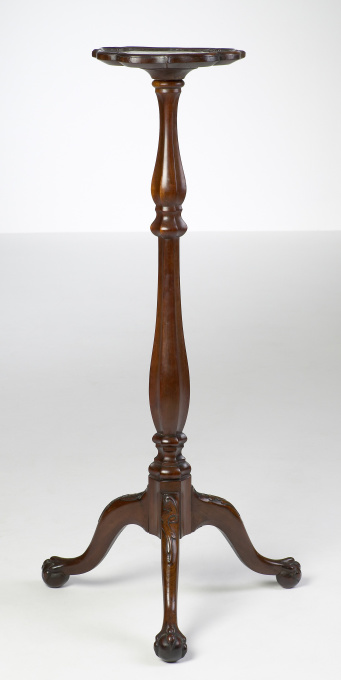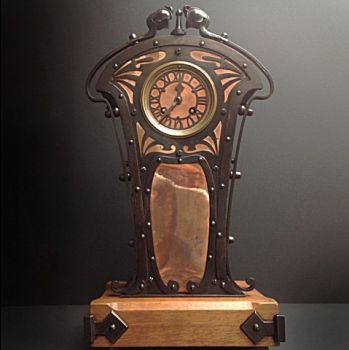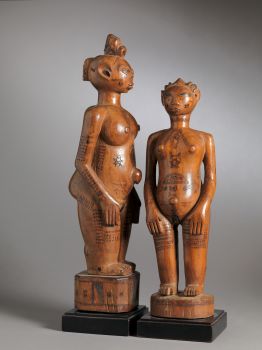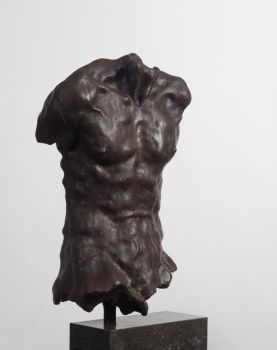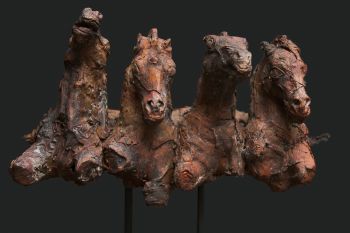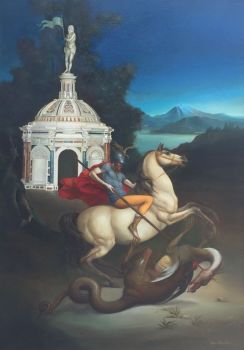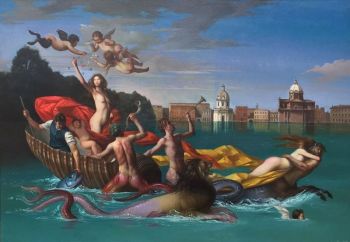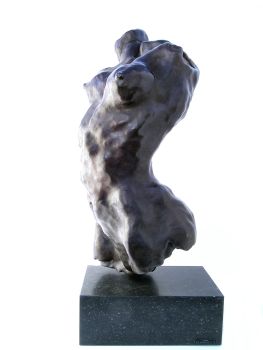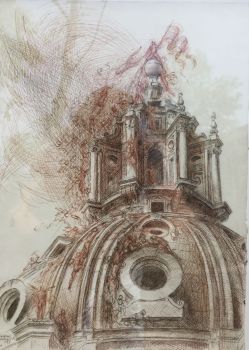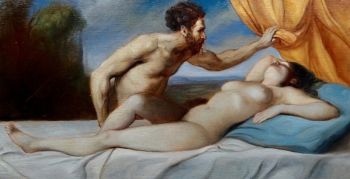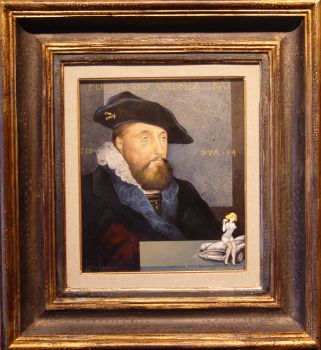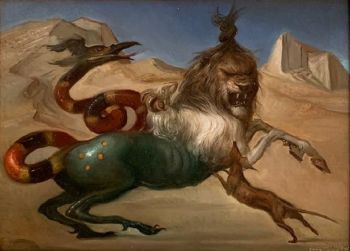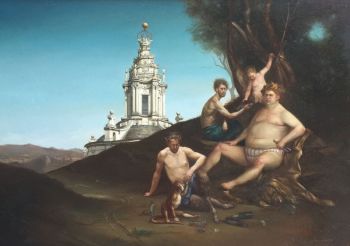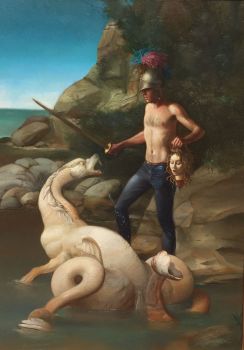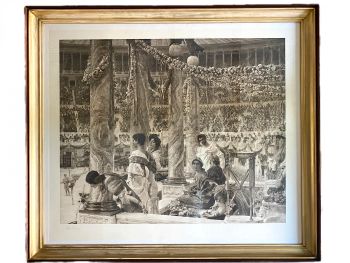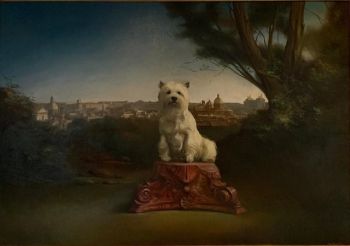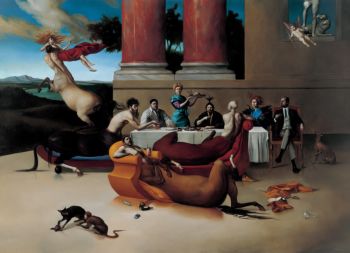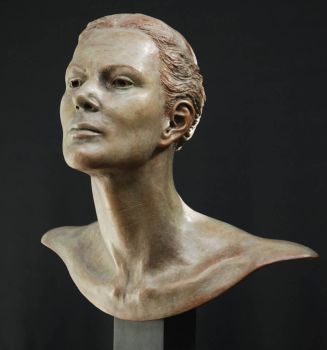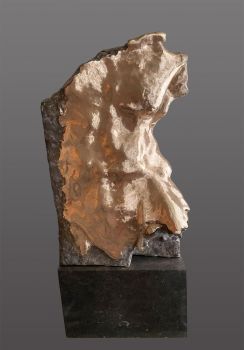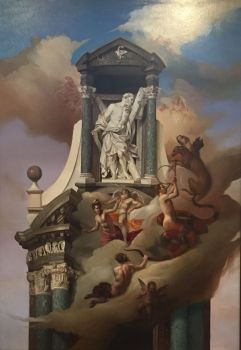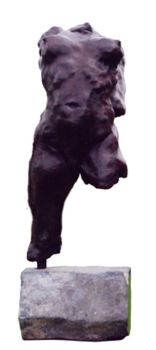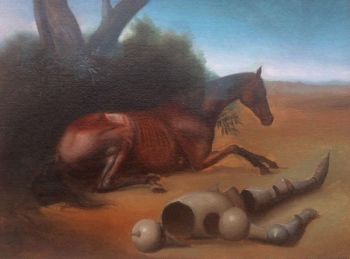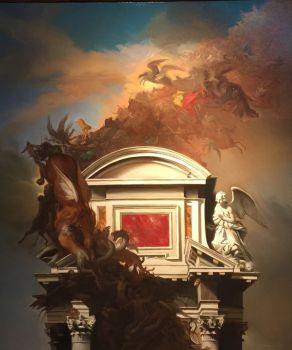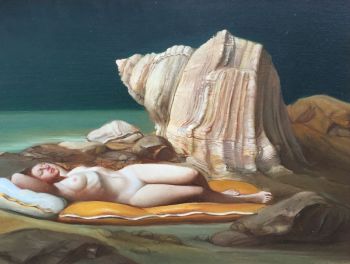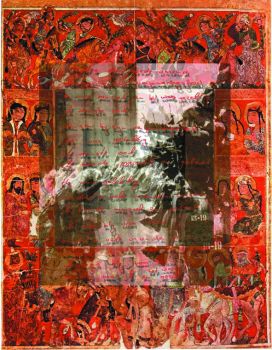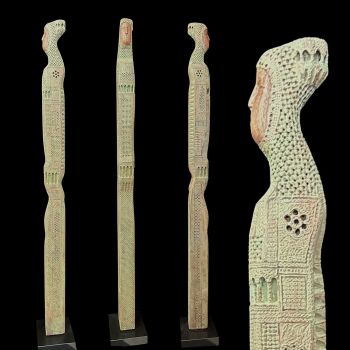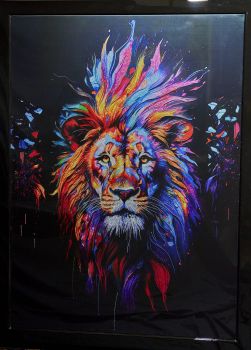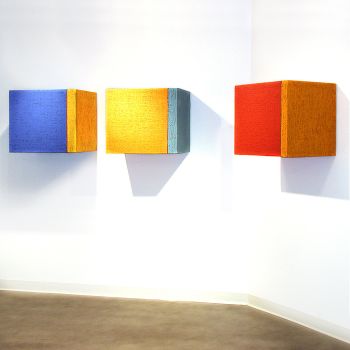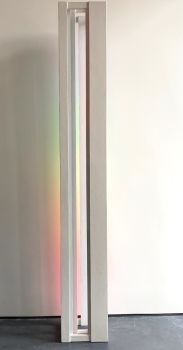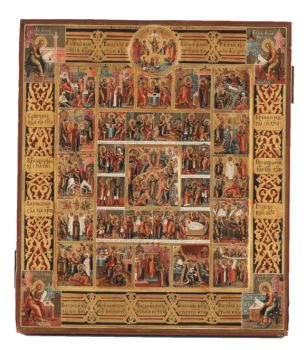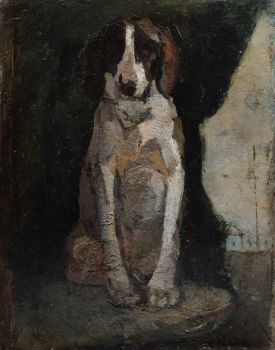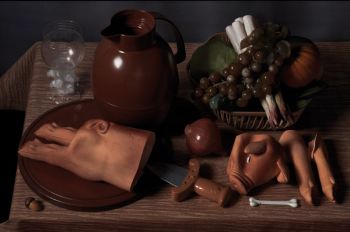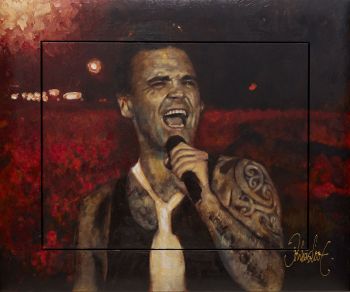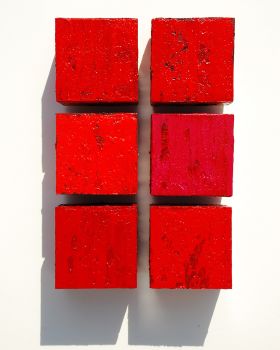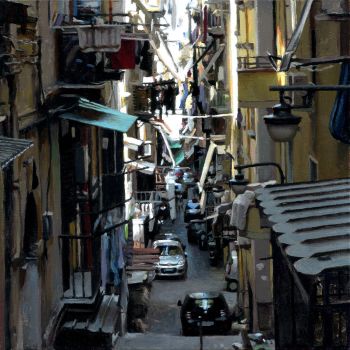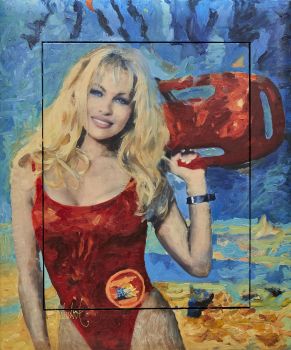Tocha americana de mogno 1770
Artista Desconhecido
MadeiraMogno
85 cm, ø 24 cm
Atualmente indisponível via Gallerease
- Sobre arteA high torchère on a tripod of which the legs end in claws. The legs are carved with acanthus motives. The shape of the table top is commonly known as ‘pie-crust’ shape.
This torchère is manufactured near Newport (Rhode Island) or possibly somewhat more to the south of Massachusetts. Typical for the American Chippendale style (app. 1755-1780) are the explicit regional characteristics of the furniture.
In Newport mainly Cuban Mahogany was used for the fabrication of furniture, that was delicately carved or torsioned. The decoration of the knees with Acanthus or Palmette motives is fairly common. Most distinguished feature of the furniture originating from Newport and its direct vicinity is the shape of the ball under the claws that decorate the ends of the legs. These balls or seldom round but mostly oval shaped and more or less flatened. The shape of the torsioned node in the stem however resembles the style commonly seen in Massachusetts in this period and is seldom seen in Newport.
Torchères have been in use since the early 17th century and were originally designed to support candlesticks. The traditional shape, with its long stem and tripod, that did not change through the years, made regional variances in decoration and shape – at least in North America – very much in demand. - Sobre artista
Pode acontecer que um artista ou criador seja desconhecido.
Algumas obras não devem ser determinadas por quem são feitas ou são feitas por (um grupo de) artesãos. Exemplos são estátuas dos tempos antigos, móveis, espelhos ou assinaturas que não são claras ou legíveis, mas também algumas obras não são assinadas.
Além disso, você pode encontrar a seguinte descrição:
•"Atribuído a …." Na opinião deles, provavelmente uma obra do artista, pelo menos em parte
• “Estúdio de…” ou “Oficina de” Em sua opinião um trabalho executado no estúdio ou oficina do artista, possivelmente sob sua supervisão
• "Círculo de ..." Na opinião deles, uma obra da época do artista mostrando sua influência, intimamente associada ao artista, mas não necessariamente seu aluno
•“Estilo de…” ou “Seguidor de…” Na opinião deles, um trabalho executado no estilo do artista, mas não necessariamente por um aluno; pode ser contemporâneo ou quase contemporâneo
• "Maneira de ..." Na opinião deles, uma obra no estilo do artista, mas de data posterior
•"Depois …." Na opinião deles uma cópia (de qualquer data) de uma obra do artista
• “Assinado…”, “Datado…” ou “Inscrito” Na opinião deles, a obra foi assinada/datada/inscrita pelo artista. A adição de um ponto de interrogação indica um elemento de dúvida
• "Com assinatura ….”, “Com data ….”, “Com inscrição ….” ou “Tem assinatura/data/inscrição” na opinião deles a assinatura/data/inscrição foi adicionada por outra pessoa que não o artista
Artwork details
Related artworks
- 1 - 4 / 12
- 1 - 4 / 24
Artista Desconhecido
The Stamford Raffles Secretaires.1800 - 1813
Preço em pedidoZebregs & Röell - Fine Art - Antiques
1 - 4 / 24Artista Desconhecido
UITGEBREIDE FEESTDAGENIKOON MET PASSIECYCLUS19th century
Preço em pedidoHeutink Ikonen
1 - 4 / 24

